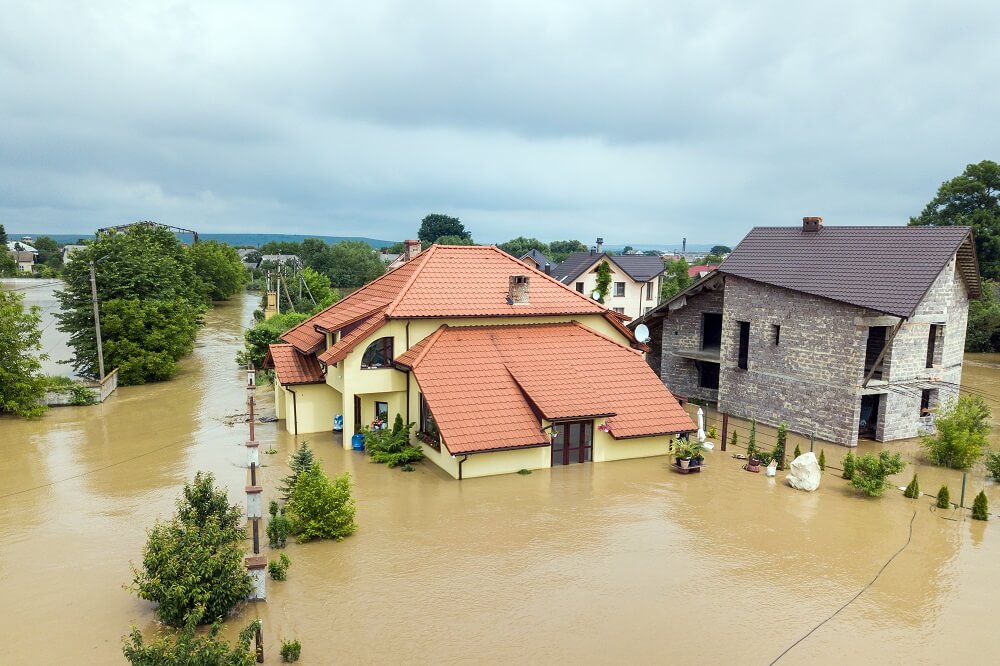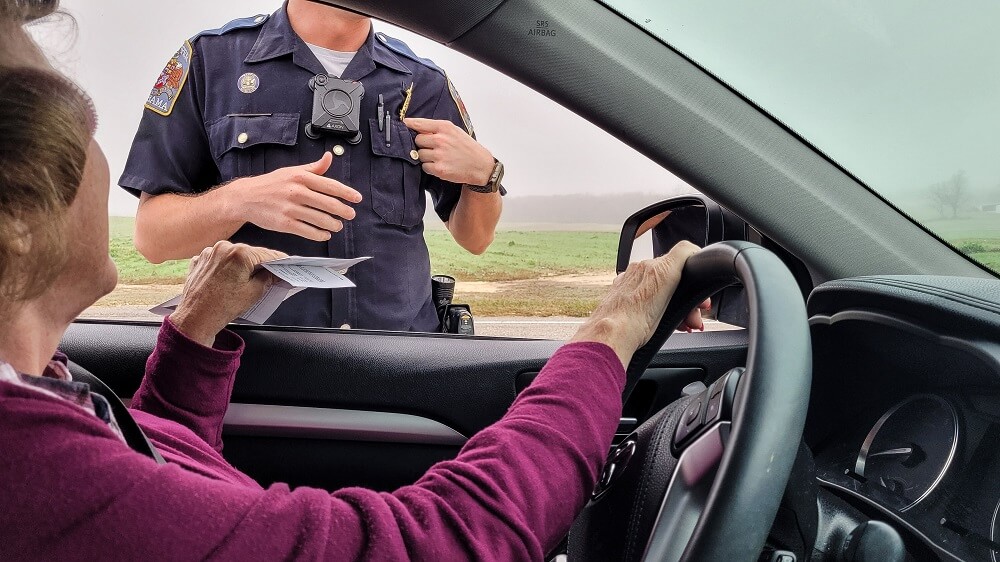Flood insurance was a standard product that was available for decades. The federal National Flood Insurance Program issued all policies. Private policies now offer flood coverage at a fraction of the cost, although some drawbacks.
Private policies aren’t perfect. They are less reliable than federal policies, for one. Private insurers may choose not to renew a policy or cancel it even if the NFIP guarantees its policies will be restored. Personal flood policies are still new products, and there is uncertainty about how much they will cost in the future.
You’ll find unique benefits in private flood insurance and FEMA when comparing them. NFIP is very common and easy to obtain, but private flood insurance might be more affordable and provide better coverage.
Flood insurance is the best option to protect your property if you live in flood areas. Which policy is best for you? It is vital to weigh coverage and cost. Continue reading if you feel overwhelmed.
Your biggest asset is your home.
What’s private flood insurance?
Although homeowners insurance was written privately for many years, private flood insurance only arrived in the United States in 2019. This is 50 years since Washington established the National Flood Insurance Program. It was created to augment disaster aid which did not cover all property losses. However, it offered insurance coverage that private companies could not afford at the time. Soon, NFIP policies became a requirement for a federally backed mortgage on a home located at high risk of flooding. Private insurers sell NFIP policies for a commission to the agency.
Those arrangements are still in place, and the NFIP’s 5,000,000 policies dominate the flood-insurance industry. Insurance companies can now sell private policies to supplement or replace national coverage. Mortgage lenders must accept these as a condition of lending. Insurers have been able to leverage an increasing volume of climactic information to price policies and assess risk in a different and better way than the outdated FEMA flood maps, which drive premiums for federal programs.
Private flood insurance has many profound benefits, including:
- Better coverage
- Higher limits of protection
- Shorter waiting periods
- More flexible coverage
What’s the National Flood Insurance Program?
FEMA (the Federal Emergency Management Agency) backs the NFIP. It also offers policies that protect your home and belongings from damage due to flooding.
Although underwritten by insurance companies, NFIP policies are backed federally and paid for by taxpayers.
There are both advantages and disadvantages to NFIP policies. One advantage is that many homeowners prefer the idea of a policy managed by the government and not a corporation.
On the other hand, FEMA is currently in debt by millions of dollars. The program’s future is uncertain.
Two types of coverage are available with separate deductibles under an NFIP flood insurance policy.
- Building coverage Maximum $250,000 for residential property
- Personal Property Coverage Maximum $100,000 for personal property
You must be a resident of a participating area to qualify for an NFIP insurance policy. As per FEMA’s maps, this is usually an SFHA (Special Flood Risk Area).
Private insurance companies can offer NFIP policies. In most cases, you can buy NFIP coverage through the same company that offers homeowners insurance. If you are a resident of a participating community, you may be able to write your own (WYO).
FEMA policies are the most popular type of flood insurance in the country. For those required by their lender to have flood insurance, it is easier to be approved for NFIP than private policies.
Private flood insurance and FEMA: Which one is right?
Private flood policies are still relatively new. However, there are many benefits to them. It all depends on how high your risk is, what coverage you require, and how much money you are willing to pay. These are the things to consider when looking for a policy.
Wait time
You may need to wait up to 30 days before getting NFIP coverage. You won’t be covered if there is a storm in the forecast. Private insurance will take up to two weeks for you to get coverage. Private flood insurance can take longer to process claims once an emergency has occurred.
Eligibility
You must reside in a participating area to be eligible for NFIP. Once approved, it’s difficult to cancel a FEMA-backed policy, even if your flood risk increases.
Private Insurance Companies are permitted to decline coverage if they feel your flood risk is too high.
Coverage
NFIP coverage is not as extensive as private food insurance. FEMA sets the limits for personal and building property.
Private flood insurance is not as tightly regulated. The premium is often lower, and the limits are higher. This means that you can customize your coverage to specific items, just like a home insurance policy.
Plus: You can often get temporary living expenses coverage, which NFIP does not offer.
Cost
FEMA estimates that the average annual premium for NFIP policies is $700. Your home may be difficult to ensure if you live in an area with high risk.
Private flood insurance is usually cheaper, but it has higher deductibles. This policy is best if you have the financial means to cover the high cost of a disaster.



